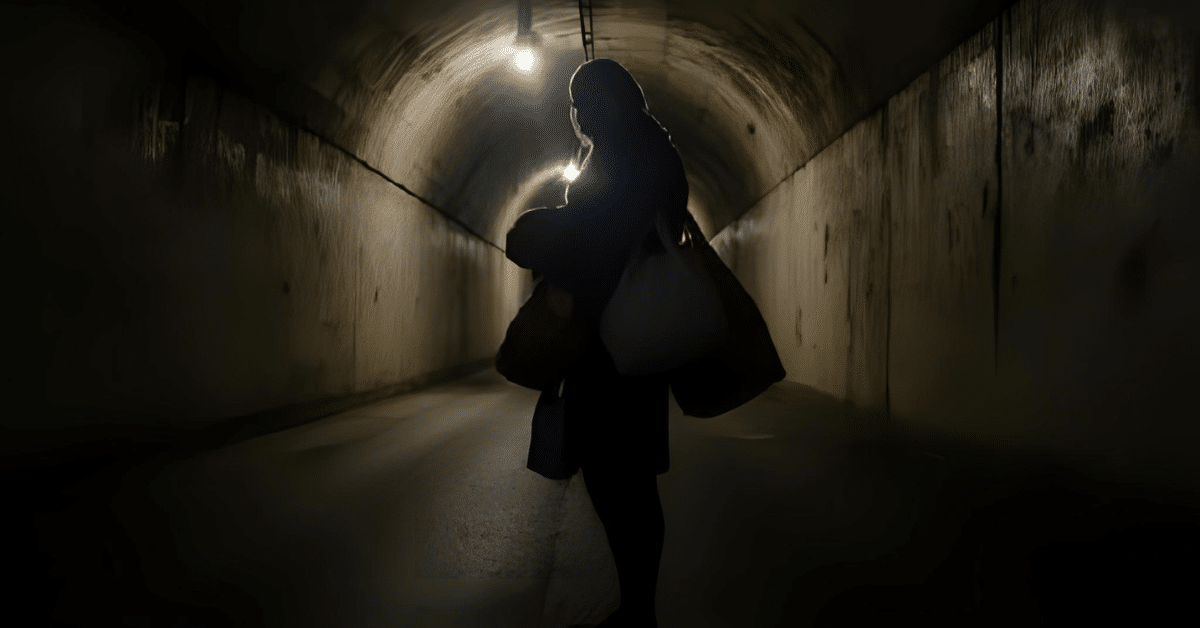ASC picks: Inspiring reads for 2026 from refugee voices
10 inspiring reads for 2026 from refugee voices A new year brings a chance to read with more intention…. Read More

Homelessness and the search for safety
Each year during Homelessness Week, we ask ourselves: what does it mean to be without a home?
For people seeking asylum, that question carries a cruel irony. Many have fled homes turned deadly—escaping violence, war, or persecution—only to arrive in Australia and find themselves caught in a broken system and facing homelessness.
Seeking refuge, finding insecurity
At the Asylum Seekers Centre, we’re witnessing a sharp increase in people sleeping rough or living in unsafe conditions.
Our Client Services team estimates that at least 1 out of 2 people we provide casework to is either experiencing or at risk of homelessness.
Keelin Macdonald, our Client Services Acting Manager, explains how the housing shortage disproportionately impacts people in our community.
“People seeking asylum are on temporary visas whilst they await the outcome of their application for protection, and this impacts their eligibility for crisis and temporary accommodation.”
“For someone who newly arrived to Australia fleeing persecution, they may not have working rights, or an income, and navigating the housing market without rental history can make it incredibly challenging and almost impossible to secure stable accommodation.
Rachel’s story: A rare safety net
Having a home is a crucial step in safety and dignity for anyone. This includes Rachel*.
Rachel arrived in Australia with her partner after they fled danger from their home country.
After their small amount of savings ran out, they faced hunger and homelessness. Packing their blankets, they headed to the train for shelter in the harsh winter.
Rachel shares, “The hardship is real when you are a person seeking asylum in a new country. You don’t know anyone.”
“You don’t know where to get food. We didn’t eat. We were walking. No transport. Taxi. Nothing at all.”
When they finally found out about the Asylum Seekers Centre, Rachel and her partner headed to our doors.
Thanks to immediate intervention, Rachel and her partner received crisis accommodation and food.
Over the next few weeks, Rachel and her husband regained their footing.
They received financial assistance and help in securing rental bonds. With the help of the employment team, they joined training programs and eventually secured jobs. Their community connections also grew through referrals to different organisations.
“Asylum Seekers Centre supported us with everything we needed. They not only provided accommodations, they also did a lot of referrals to opportunities. Our life was really improving.”
A call for action
Unfortunately, Rachel’s story is not the norm.
Rachel is one of the few who managed to access crisis accommodation and comprehensive casework support. Many others, equally vulnerable, are not so lucky.
In the City of Sydney, nearly 1 in 5 people sleeping rough have uncertain visa status.
The NSW state homelessness strategy promises that homelessness should be “rare, brief, and non-recurring”—but people seeking asylum are too often excluded from these goals.
As Keelin emphasises, “access to safe and secure housing or shelter is a basic human right, and it is something that many of our community at the Asylum Seekers Centre are impacted by.”
“Housing or basic shelter is crucial for safety and psychological well-being, and we work tirelessly to advocate for people seeking asylum so things improve.”
We are urging governments to fund emergency and transitional housing options that include people seeking asylum. Because the lens for support must be based on need, not visa status.
Let’s make sure Australia’s homelessness response includes everyone who seeks safety here.
10 inspiring reads for 2026 from refugee voices A new year brings a chance to read with more intention…. Read More
Written by Mark Johnson, Advocacy Lead at Asylum Seekers Centre Every year on 10 December, Human Rights Day gives us… Read More
"*" indicates required fields
